-

S-(-)-2-ChloropropionicAcid CAS:29617-66-1
S-(-)-2-Chloropropionic Acid, also known as L-2-chloropropionic acid, is an organic compound with the molecular formula C3H5ClO2. It exists as a chiral molecule, with the “S” designation indicating its stereochemical configuration. This compound is characterized by the presence of a chlorinated propionic acid structure and is notable for its specific optical activity. With its distinctive properties, S-(-)-2-Chloropropionic Acid finds applications in various chemical and industrial processes.
-

Benzenepropanoicacid,a-hydroxy-b-methoxy-b-phenyl-,(aS)- CAS:178306-52-0
Benzenepropanoic acid, α-hydroxy-β-methoxy-β-phenyl-, (αS)-, commonly known as naproxen, is a nonsteroidal anti-inflammatory drug (NSAID) used to alleviate pain, fever, and inflammation. It acts by reducing prostaglandin levels in the body and is effective for various conditions including headaches, arthritis, menstrual cramps, and muscle aches. Available in prescription and over-the-counter forms, it is often recommended for long-term use in managing chronic conditions.
-
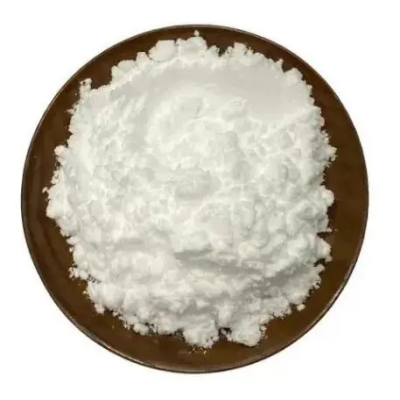
5-METHYLNICOTINICACID CAS:3222-49-9
5-METHYLNICOTINICACID, also known as 5-methylnicotinic acid, is a derivative of nicotinic acid. It is a compound with the molecular formula C7H7NO2 and a molar mass of 137.13 g/mol. This organic compound is characterized by the presence of a methyl group attached to the pyridine ring, leading to its distinct properties and potential applications in various fields.
-
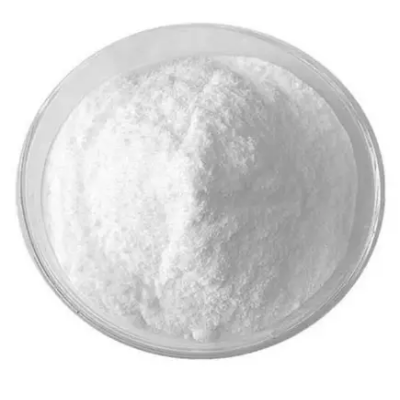
5-Azacytosine CAS:931-86-2
5-Azacytosine is an organic compound with the molecular formula C4H5N3O. It is a modified form of cytosine, containing a nitrogen atom in the place of the carbon atom of the pyrimidine ring. This compound is notable for its structural and functional differences from cytosine, making it of interest in various scientific and applied fields.
-

Cytosine CAS:71-30-7
Cytosine is a nitrogenous base found in nucleic acids such as DNA and RNA. It is one of the four main bases that make up the genetic code, along with adenine, guanine, and thymine (in DNA) or uracil (in RNA). With a molecular formula of C4H5N3O, cytosine plays a crucial role in the genetic information storage and transfer processes within living organisms.
-
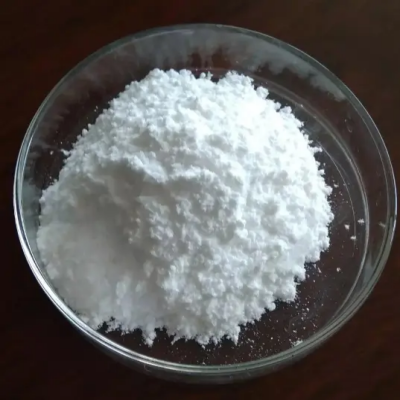
Fmoc-S-trityl-L-Cysteine CAS:103213-32-7
Fmoc-S-trityl-L-Cysteine is a compound commonly used in peptide synthesis and protection. It serves as an important reagent for masking the thiol group of cysteine, enabling controlled peptide bond formation and protecting specific functional groups during peptide assembly.
-
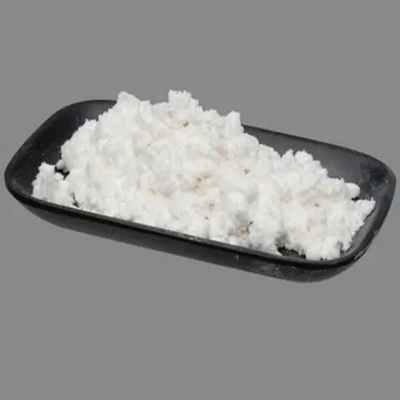
L(-)-Alpha-Methylbenzylamine CAS:2627-86-3
L(-)-Alpha-Methylbenzylamine, also known as (S)-alpha-methylbenzylamine, is an organic compound with the molecular formula C8H11N. It is the levorotatory enantiomer of alpha-methylbenzylamine and is characterized by its chiral nature. This compound finds applications in various chemical processes due to its unique stereochemistry and versatile reactivity.
-
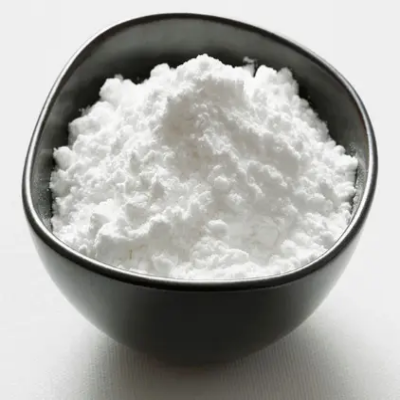
D-Alaninol CAS:35320-23-1
D-Alaninol, also known as D-2-Aminopropanol, is a compound with the molecular formula C3H9NO. It is the D-enantiomer of 2-aminopropanol and is characterized by its chiral nature. This organic compound is an amino alcohol with diverse potential applications, particularly in the fields of chemistry, pharmaceuticals, and materials science.
-
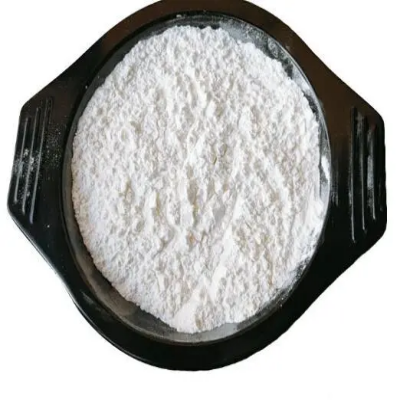
2-Thiouracil CAS:141-90-2
2-Thiouracil is an organic compound with the molecular formula C4H4N2OS. It is a derivative of uracil, containing a sulfur atom in place of the oxygen atom at position 2 of the pyrimidine ring. This modification gives 2-thiouracil distinct chemical characteristics and makes it valuable for various scientific and industrial applications.
-
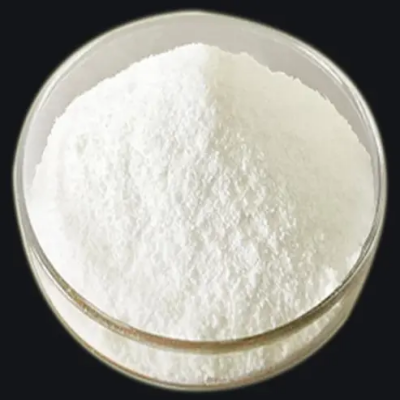
D(+)-alpha-Methylbenzylamine CAS:3886-69-9
D(+)-alpha-Methylbenzylamine, also known as (R)-alpha-methylbenzylamine, is an organic compound with the molecular formula C8H11N. It is the dextrorotatory enantiomer of alpha-methylbenzylamine and is characterized by its chiral nature. This compound’s specific stereochemistry renders it valuable for various applications in chemical synthesis, pharmaceuticals, and materials science.
-

3-Chloro-2,4,5-trifluorobenzoicacid CAS:101513-77-3
3-Chloro-2,4,5-trifluorobenzoic acid is an organic compound with the molecular formula C7H2ClF3O2. It belongs to the class of benzoic acids and is characterized by the presence of chlorine and trifluoromethyl groups on the benzene ring. This compound exhibits unique chemical properties that make it valuable for various applications in chemical synthesis, pharmaceutical research, and material science.
-
![2-[(tert-butoxycarbonyl)amino]-1,3-thiazole-5-carboxylicacid CAS:302964-02-9](https://cdn.globalso.com/xindaobiotech/YXWU15IWKSREIEIP257.png)
2-[(tert-butoxycarbonyl)amino]-1,3-thiazole-5-carboxylicacid CAS:302964-02-9
2-[(tert-butoxycarbonyl)amino]-1,3-thiazole-5-carboxylic acid is a chemical compound with the molecular formula C10H12N2O5S. It is a derivative of thiazole and is characterized by the presence of a tert-butoxycarbonyl (Boc) protected amino group at the 2-position and a carboxylic acid group at the 5-position. This compound possesses unique structural and chemical features that render it valuable for various synthetic and pharmaceutical applications.

